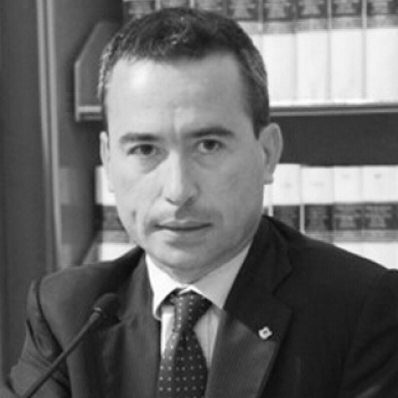Twenty-three years after being banned, asbestos is still very much present, in various forms, on Italian territory: CNR and INAIL have given the rough estimate of about 32 million tonnes. Although Law 257/1992 established regional asbestos plans to be produced within 180 days from its publication, as of today six regions still need to approve them. Meanwhile the census, which was necessary to calculate the amount to be recovered, but was carried out in an uneven way in only ten regions, has reported a total of 230,000 structures with asbestos. The other necessary tool – the mapping of asbestos present on the Italian territory – was properly carried out by only half the regions, and it is in its final stages in the autonomous provinces of Bolzano and Trento.
The asbestos database coordinated by the Ministry for the Environment provides news on at least 38,000 sites on the whole national territory, with over 300 sites with priority 1, or at highest risk, where clean-up operations should be started immediately. However, the clean-ups carried out until now have been very few (27,020 private and public buildings), those in place proceed at a very slow pace (26,868), and many have not even started yet: at this pace, it is estimated that it will take 85 years to complete the clean-ups.
Furthermore, it will be difficult to solve the problem if the infrastructure necessary for the disposal of asbestos are not improved: the regions that are provided with at least one specific plant are 11, for a total of 24 plants (five in Sardinia, four in Piedmont and Tuscany, two in Emilia, Lombardy and Basilicata, one in Abruzzo, Friuli, Liguria, Puglia and the autonomous province of Bolzano), with insufficient residual volumes that could guarantee a proper disposal of the material, 75% of which still ends up in landfills outside Italian borders.
Environmental regeneration, the clean-up and the proper disposal of material that contains asbestos need to be the priority to eliminate the risk linked to fibre exposure. To do this, however, a serious commitment by the regions and other local and national bodies is required. Until today unfortunately, the results obtained have been very scarce. It is urgent to intervene both on the big industrial sites and on private and public buildings; it is necessary to complete the census and carefully manage the systems and the plants for treatment and disposal of material containing asbestos. It is also necessary to promote correct information on the problem, on how to carry out proper interventions and on the risks linked to exposure to the fibres, both when structures deteriorate and when materials are disposed of illegally.
To deal with the problem efficiently, in March 2013, the Italian Ministries of Health, Work and Environment approved the national asbestos plan: a complex document which deals with the issue from a health point of view, from the perspective of assistance and compensation of workers and all those exposed, and from an environmental point of view. The plan contains measures that, if applied, would really change the situation. However, it is still blocked in the State-Regions Conference where, due to lack of funds, its discussion continues to be postponed.
The Italian government needs to commit fully to provide answers and ensure justice for the victims of asbestos, as promised in the aftermath of the unbelievable acquittal which ended the Eternit trial last November. To do this, it is necessary to start the clean-up of the industrial sites and the removal of asbestos from contaminated buildings, through what is mandated in the national plan. A first step would be to release a 20 million euro fund, to be implemented through incentives for replacement of eternit with PV, which would lead to the clean-up of over 10 million square meters of asbestos-covered surfaces.
A rapid approval and an immediate application of the bill on ecocrimes is fundamental, which is now being discussed in the Chamber of Deputies, and which should not amend the text that has come from the Senate. Only in this way will we be able to avoid crimes such as those of Casale Monferrato, the Land of Fires, the Valle del Sacco, Taranto, Porto Marghera, Bussi and many other cases.

The full dossier can be viewed at tinyurl.com/na6p8nf


